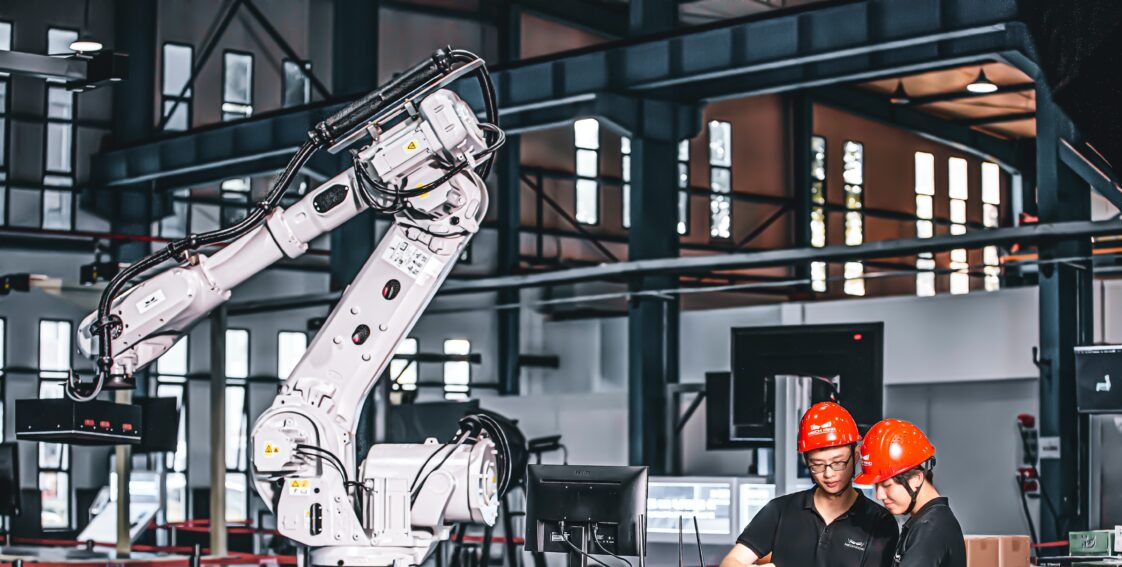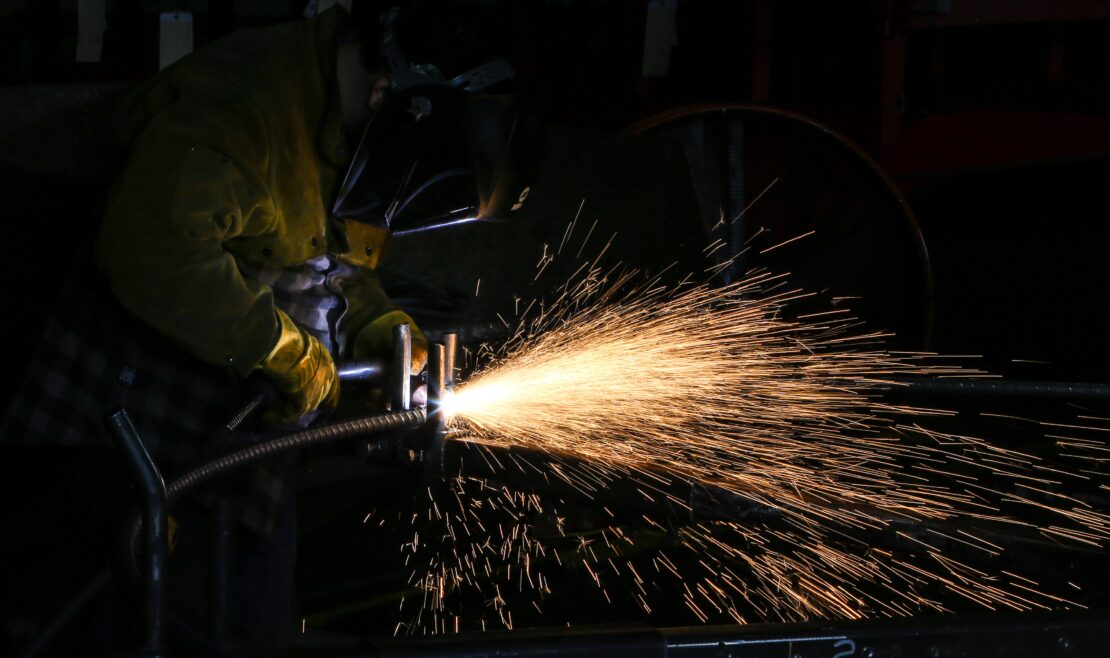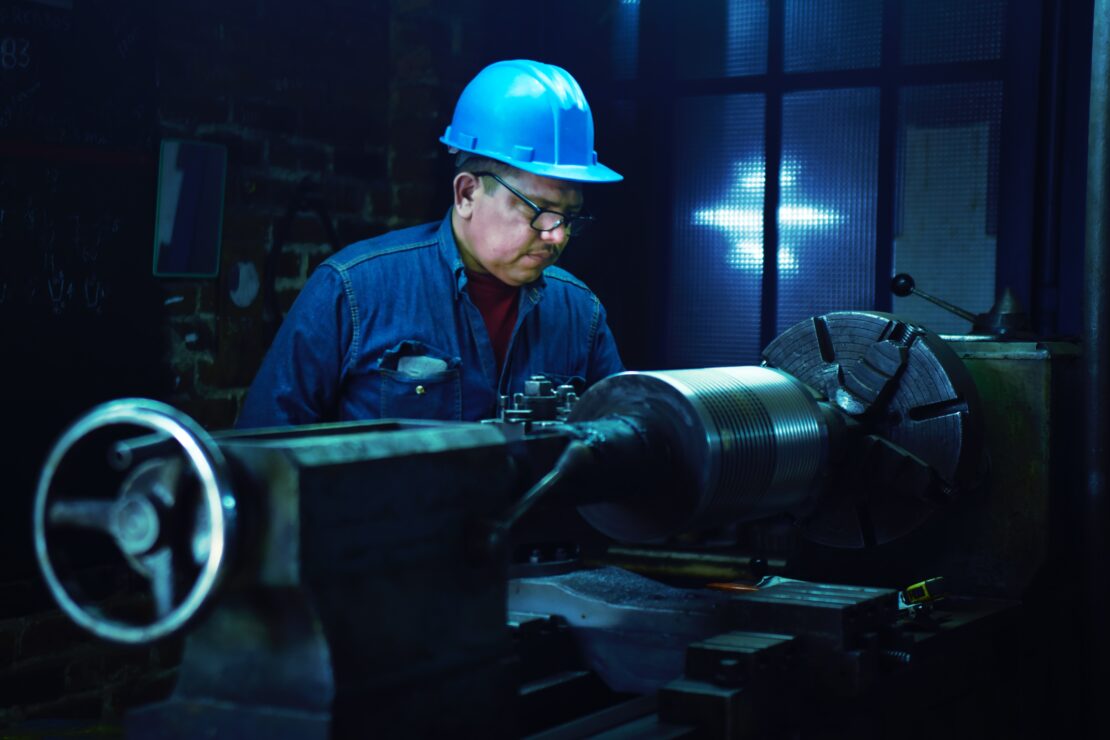
Addressing the Skilled Labor Shortage In Manufacturing
Solutions for Tool and Die Shops to Succeed
The tool and die manufacturing industry is grappling with a significant challenge – the skilled labor shortage. This issue is not just a buzzword within the industry but a reality that many U.S. manufacturing companies are currently facing. There are more open job positions than there are workers ready to fill them. A recent study conducted by Deloitte and the Manufacturing Institute (MI) predicts that 2.1 million manufacturing positions will go unfilled by 2030. These empty positions could cost the U.S. a loss of about $1 trillion in GDP.

The Causes of the Skilled Labor Shortage
The reasons behind the manufacturing skills gap are multifaceted, ranging from societal perceptions of the industry to changing job requirements brought about by advancements in technology.
Aging Workforce
As the Baby Boomer generation reaches retirement age, many skilled and experienced experts are leaving the manufacturing industry. According to the U.S. Census Bureau, nearly 25 percent of the manufacturing workforce is age 55 or older. Thousands of those workers retire every day, and younger laborers aren’t replacing them quickly enough.
Perception of the Industry
Younger generations often have an outdated perception of manufacturing jobs, viewing them as labor-intensive, low-tech, and low-paying. This misconception discourages many from considering a career in the industry. According to a report by the National Association of Manufacturers, only 27% of parents encourage their child to pursue a career in manufacturing.
Technological Advancements
The rise of Industry 4.0 – the trend towards automation and data exchange in manufacturing technologies – has significantly altered the skills required in the manufacturing sector. These changes have created a need for workers with specialized skills to operate and maintain these machines. According to a report by the Brookings Institution, 82% of manufacturing executives say that a shortage of workers with the necessary skills is impacting their ability to implement new technologies.

Overcoming the Skilled Labor Shortage
Addressing the skilled labor shortage in the manufacturing industry requires a multifaceted approach, focusing on education, training, and changing perceptions of the industry.
Updating the Skills Matrix
One of the first steps to address the skilled labor shortage is to update the company’s skills matrix. This matrix should track the skill levels of every operator and the machines they can run. By having a clear understanding of the current skills available within the company, managers can identify gaps and plan for future training needs.
Investing in Employee Training
To address the skills gap, manufacturers need to invest in training their current workforce. This training should not only aim to upgrade the existing skills of the employees but also to introduce them to new technologies and practices in the industry. Such training and rotation between different machines keep the job interesting and employees motivated.
Standardizing Manufacturing Processes
By standardizing your manufacturing processes, you can make the job easier for your employees and reduce the time they spend on non-value-added tasks. This will not only make your current employees more productive, but also make the training of future workers easier and faster.
Collaborating with Schools
Manufacturers can also address the skills gap by partnering with local educational institutions. Interns, trainees, or apprentices provide extra capacity for specific improvement projects, and they form a pool of potential new hires who already know your company and that you can train according to your needs.

The Role of Technology in Addressing the Labor Shortage
Technology, especially Industry 4.0, plays a crucial role in addressing the skilled labor shortage in manufacturing. By adopting advanced technologies such as the Industrial Internet of Things (IIoT), artificial intelligence (AI), and machine learning (ML), manufacturers can improve their efficiency and productivity, thereby reducing their dependence on skilled labor.
Automation
Automation technologies can help manufacturers improve their efficiency by eliminating repetitive and time-consuming manual tasks. This not only frees up workers to focus on higher-value tasks but also reduces the need for skilled labor.
Data Analytics
With the rise of big data, manufacturers now have access to vast amounts of data that can help them make informed decisions. By analyzing this data, they can identify bottlenecks and inefficiencies in their processes, and take corrective actions. This can help them optimize their operations and reduce their dependence on skilled labor.
Advanced Training Programs
Manufacturers can also use technology to provide advanced training programs to their employees. These programs can help workers acquire new skills and stay up-to-date with the latest technologies and practices in the industry. This can boost their productivity and reduce the need for additional skilled labor.

Addressing the skilled labor shortage in tool and die manufacturing is a complex issue that requires a multi-pronged approach. By investing in employee training, standardizing processes, partnering with schools, and leveraging technology, manufacturers can effectively address this challenge and ensure a steady supply of skilled labor for their operations. Despite the challenges, the future of the manufacturing industry remains bright, with plenty of opportunities for those willing to adapt and evolve with the changing landscape.
